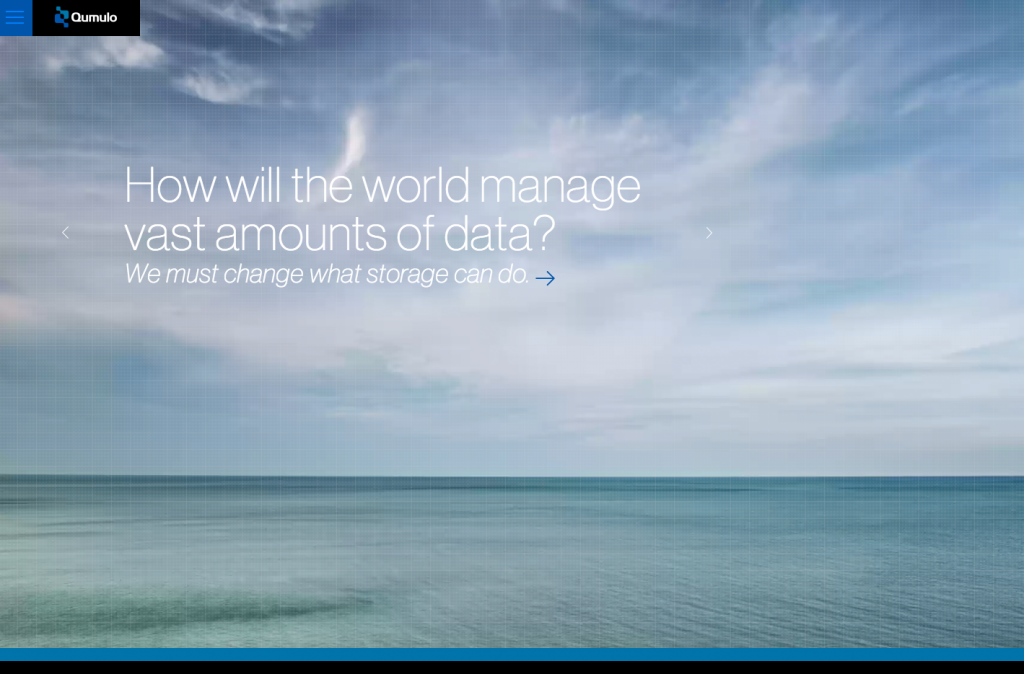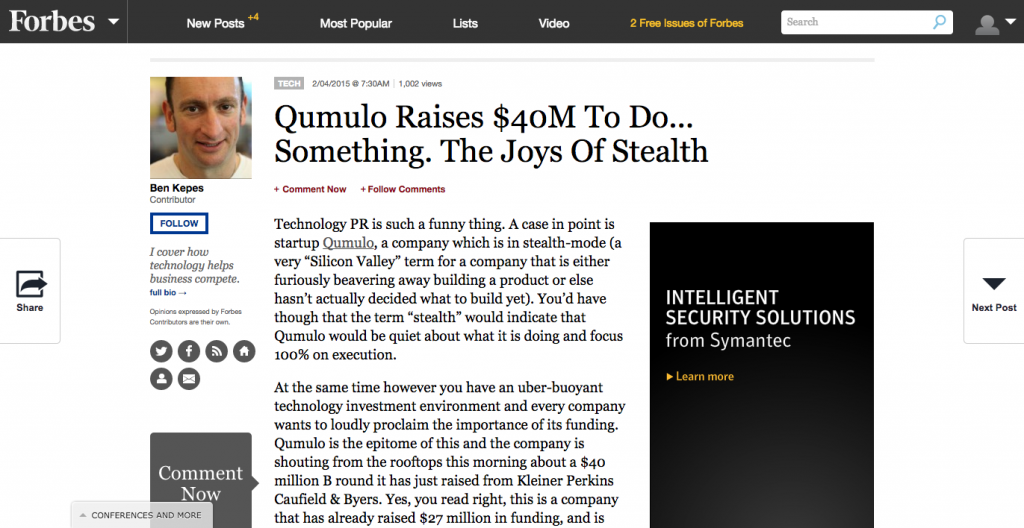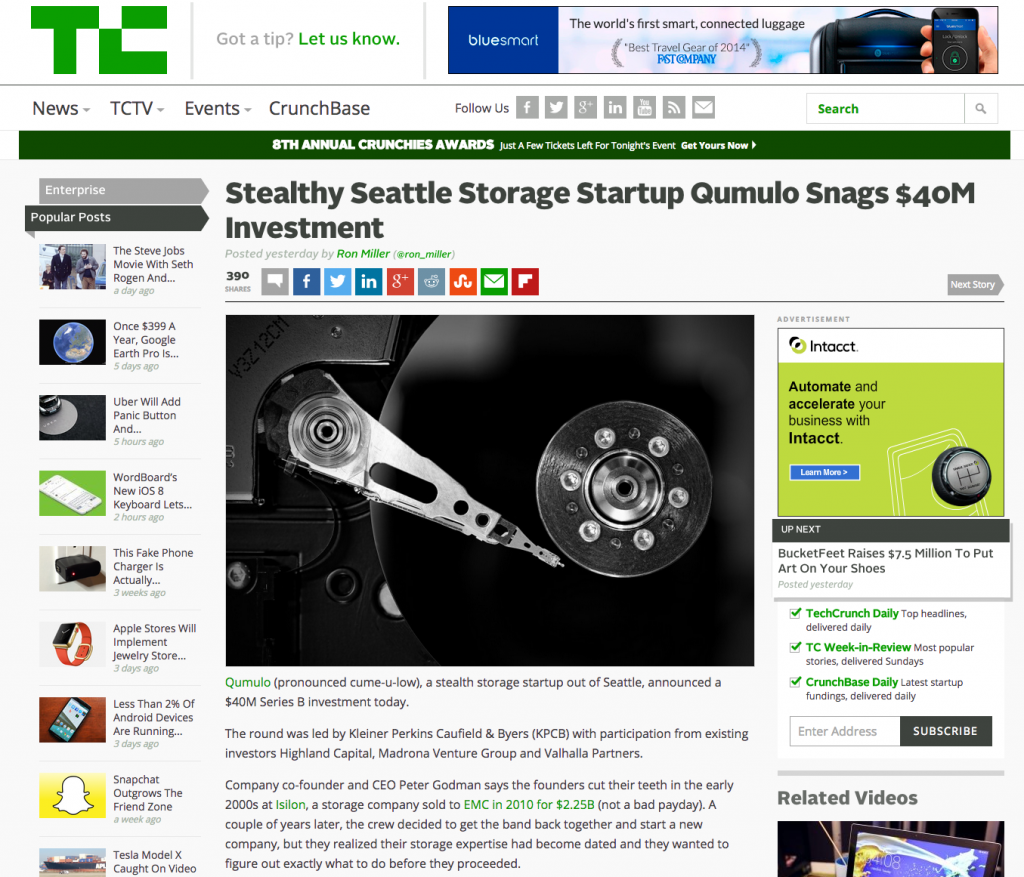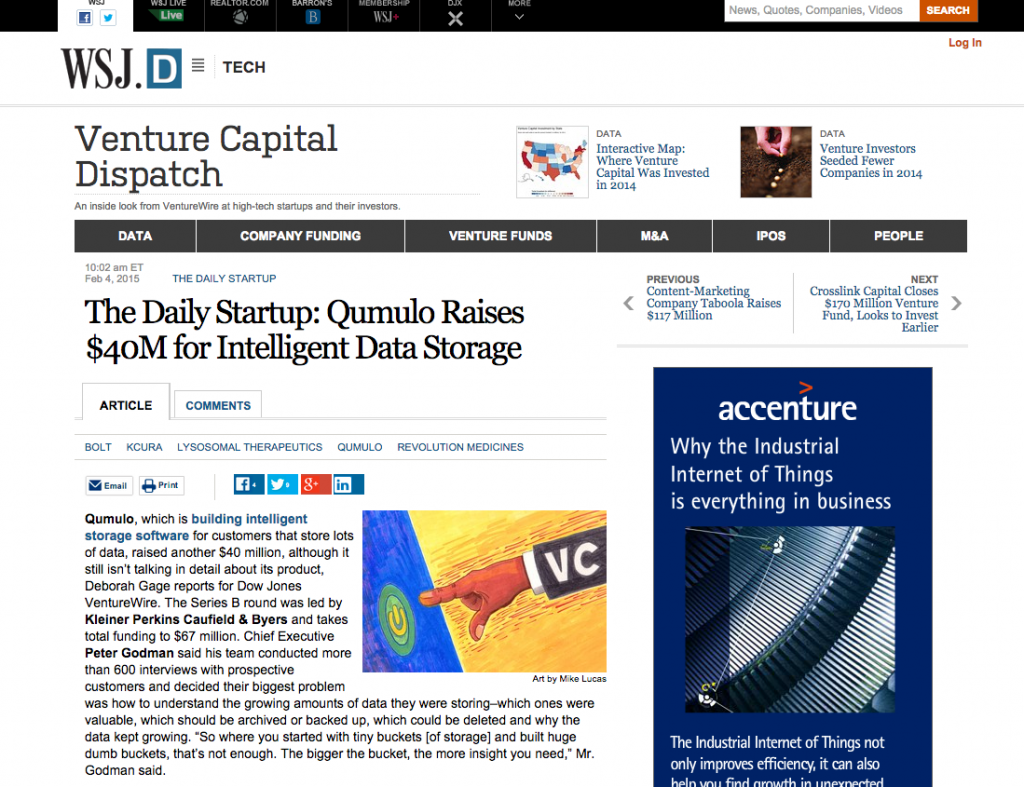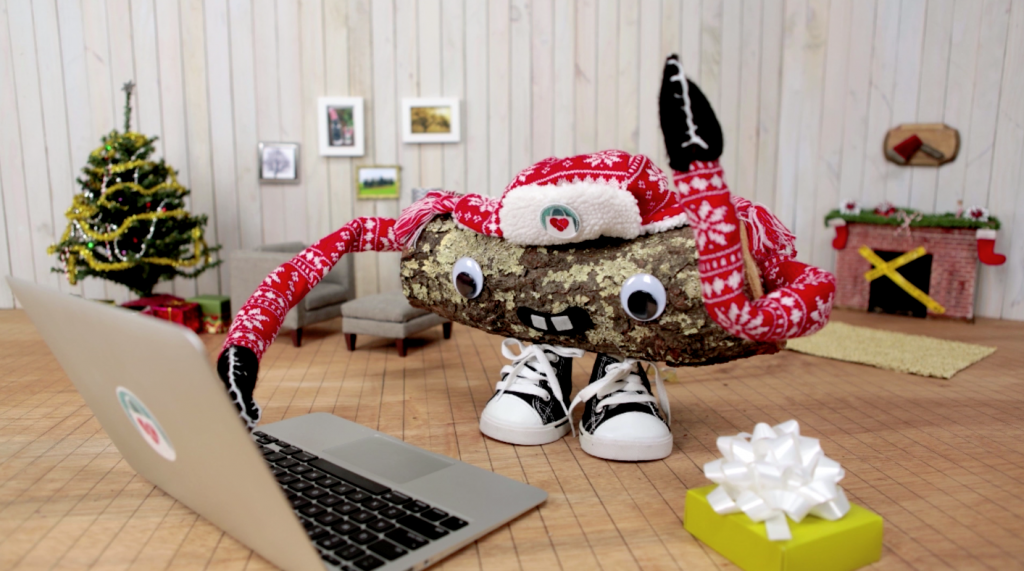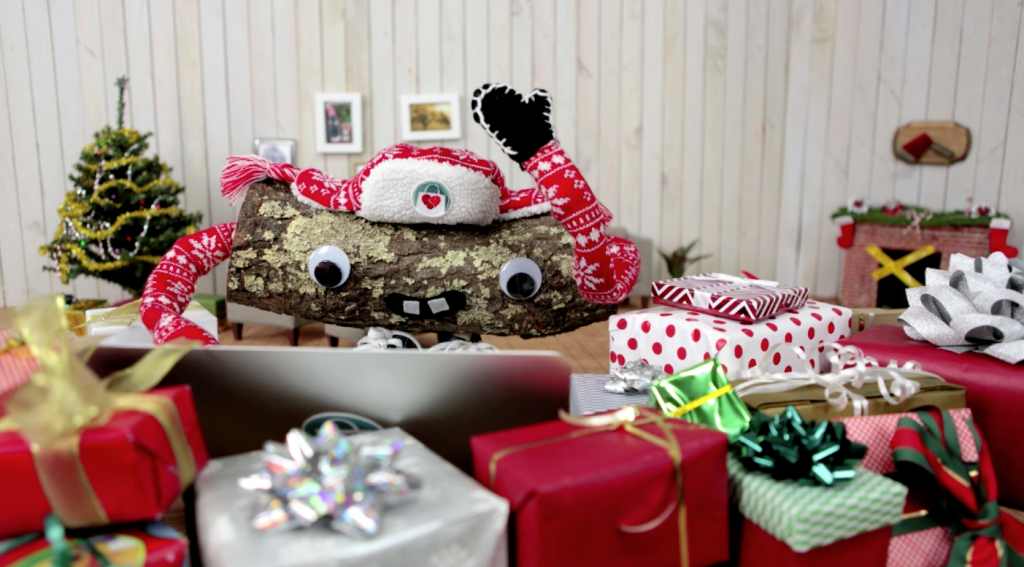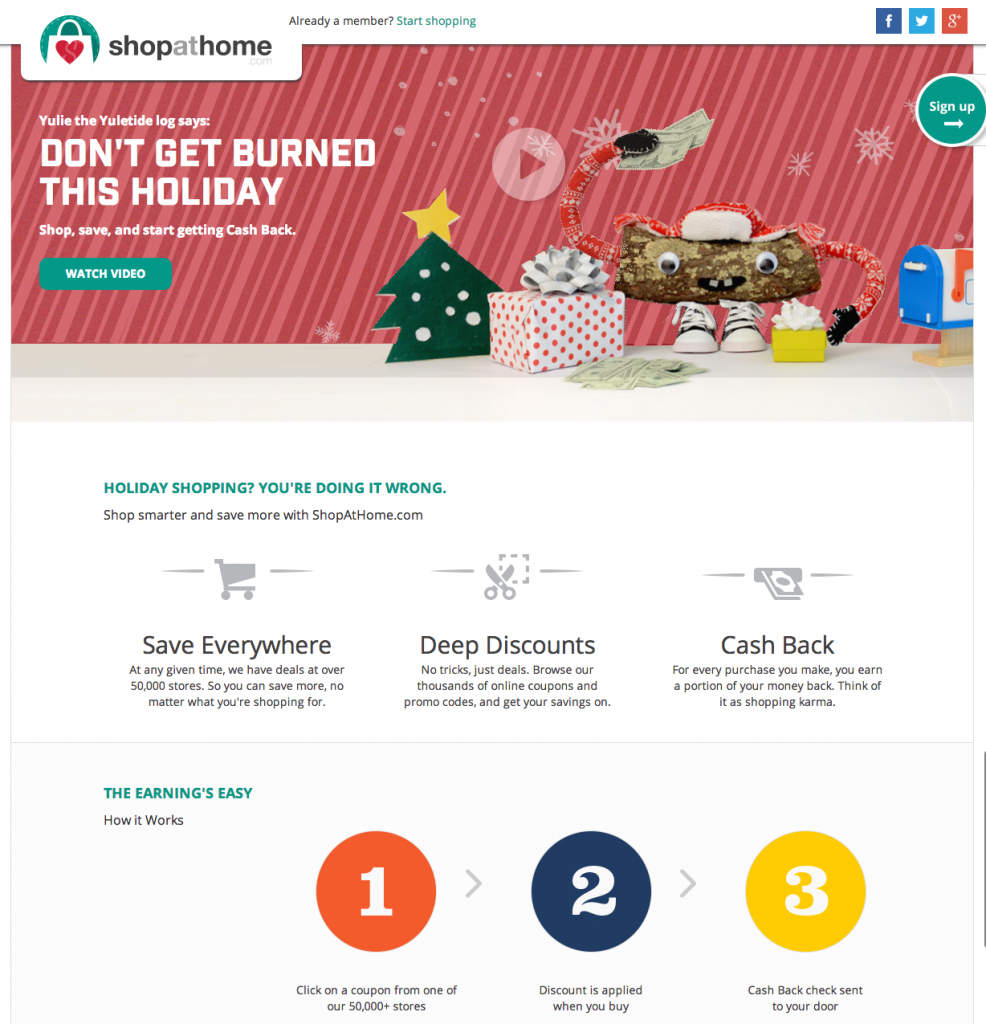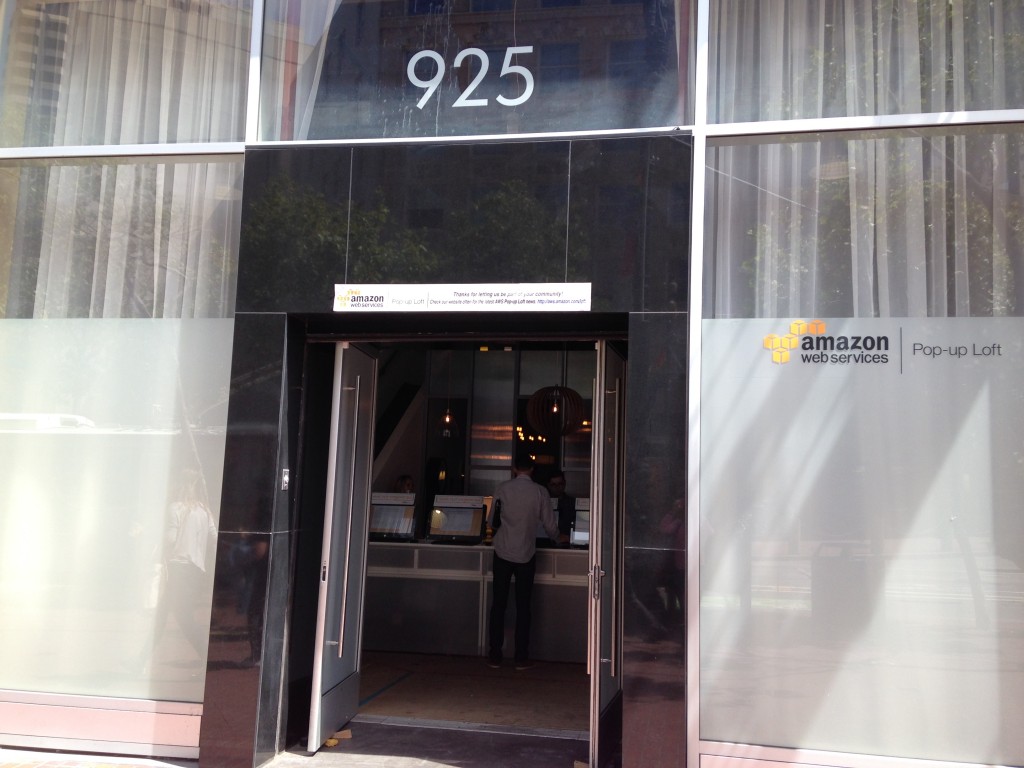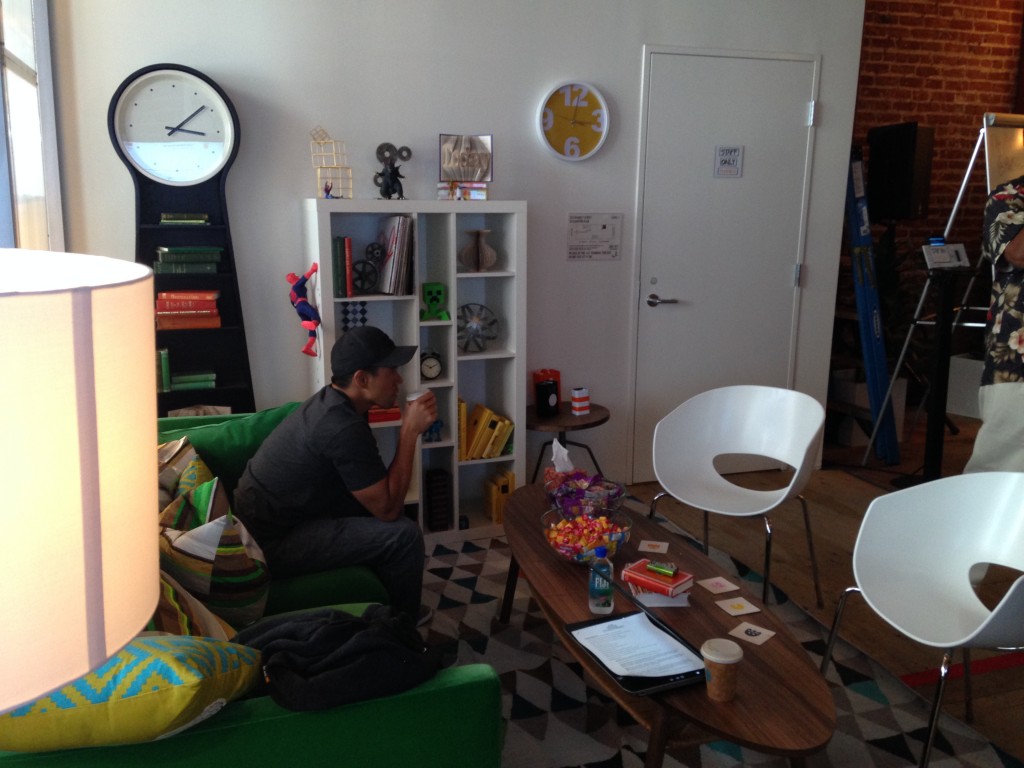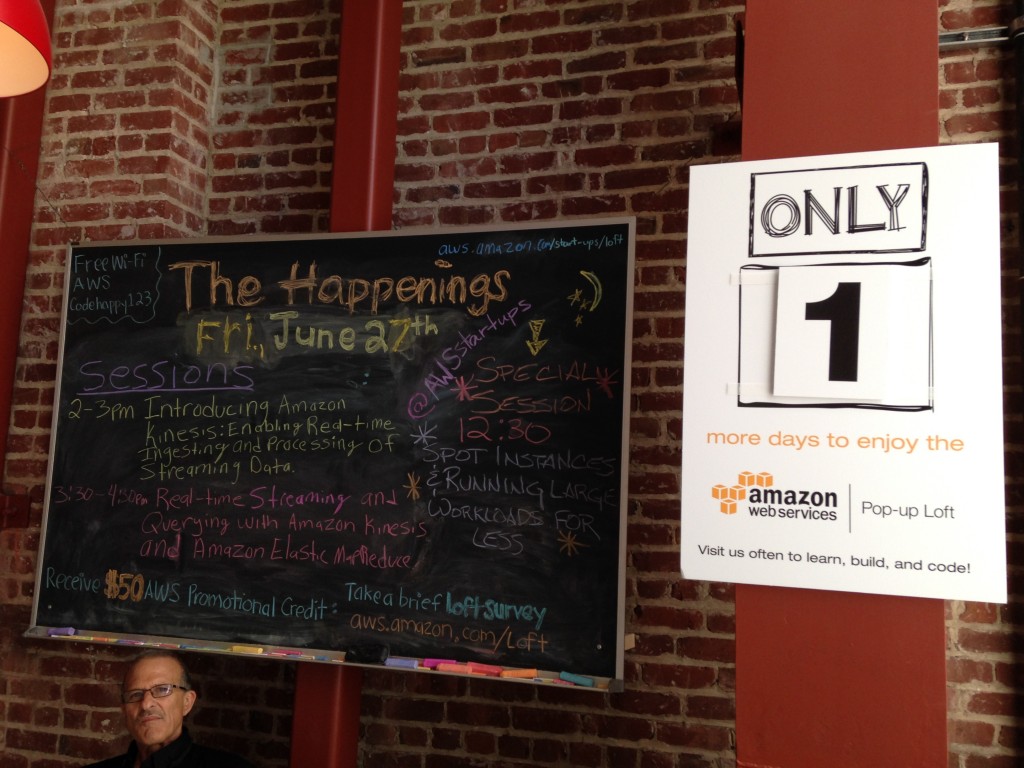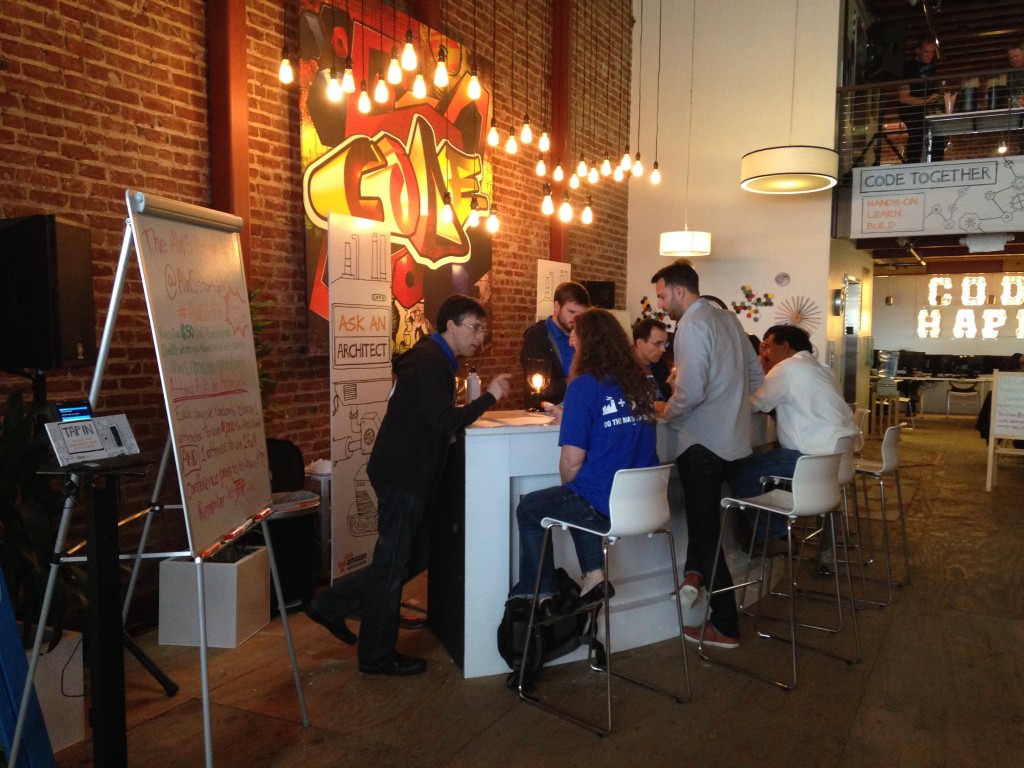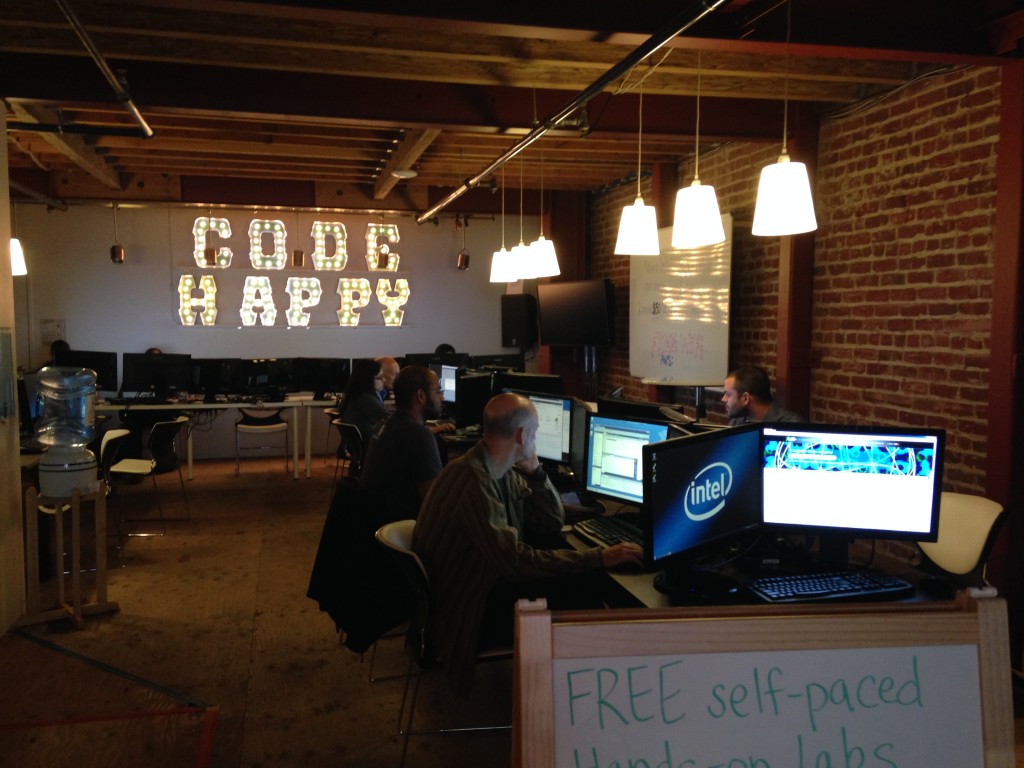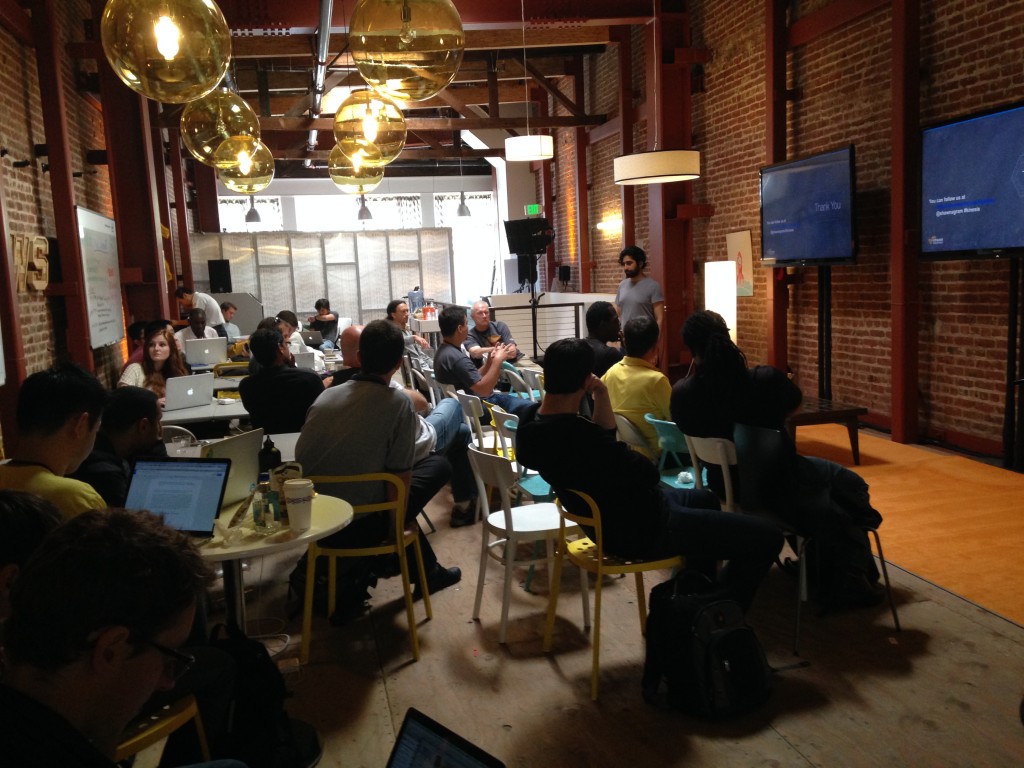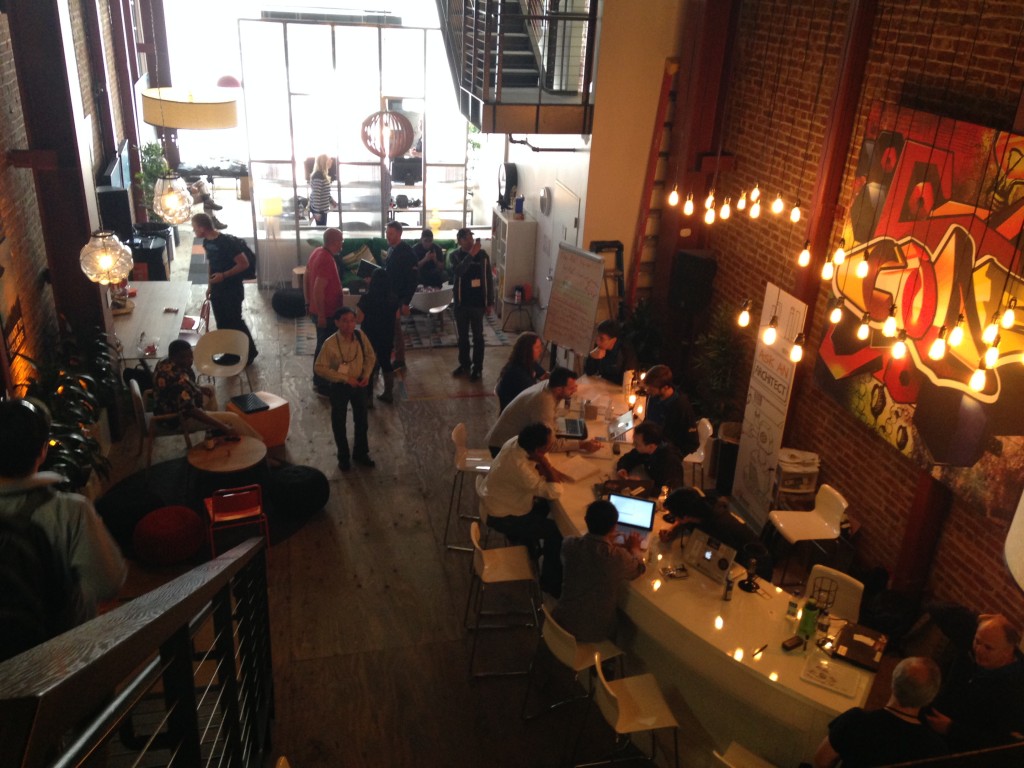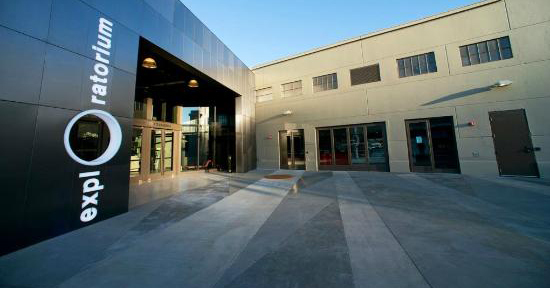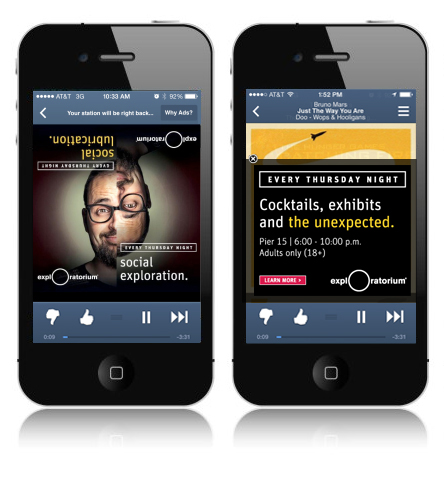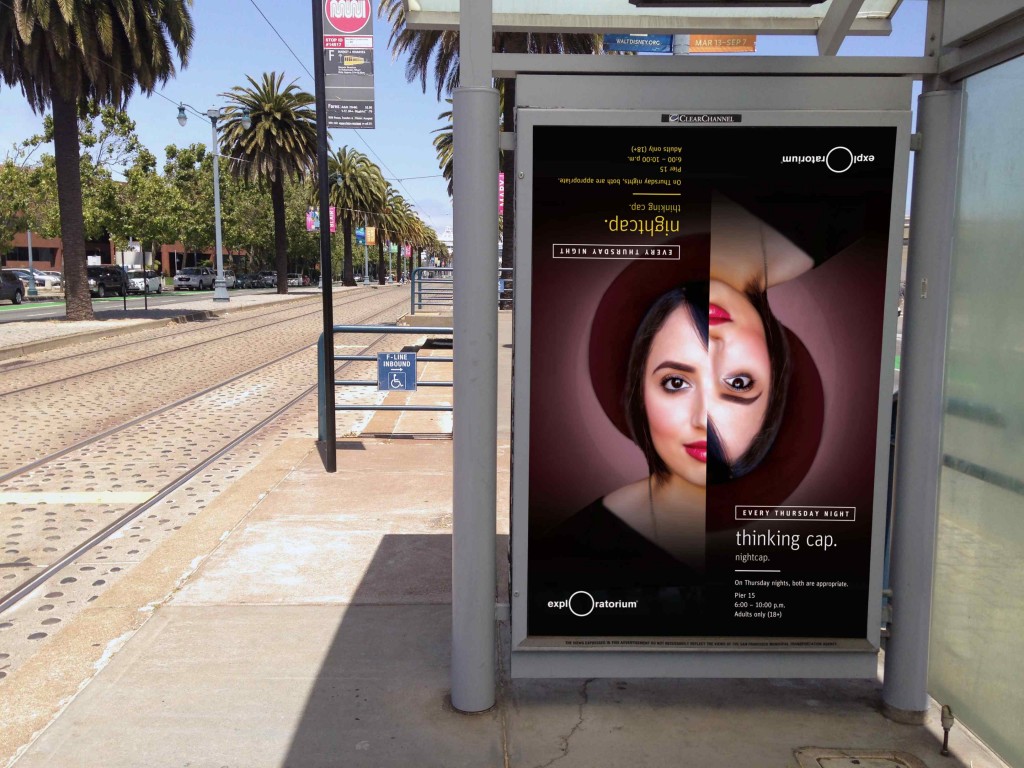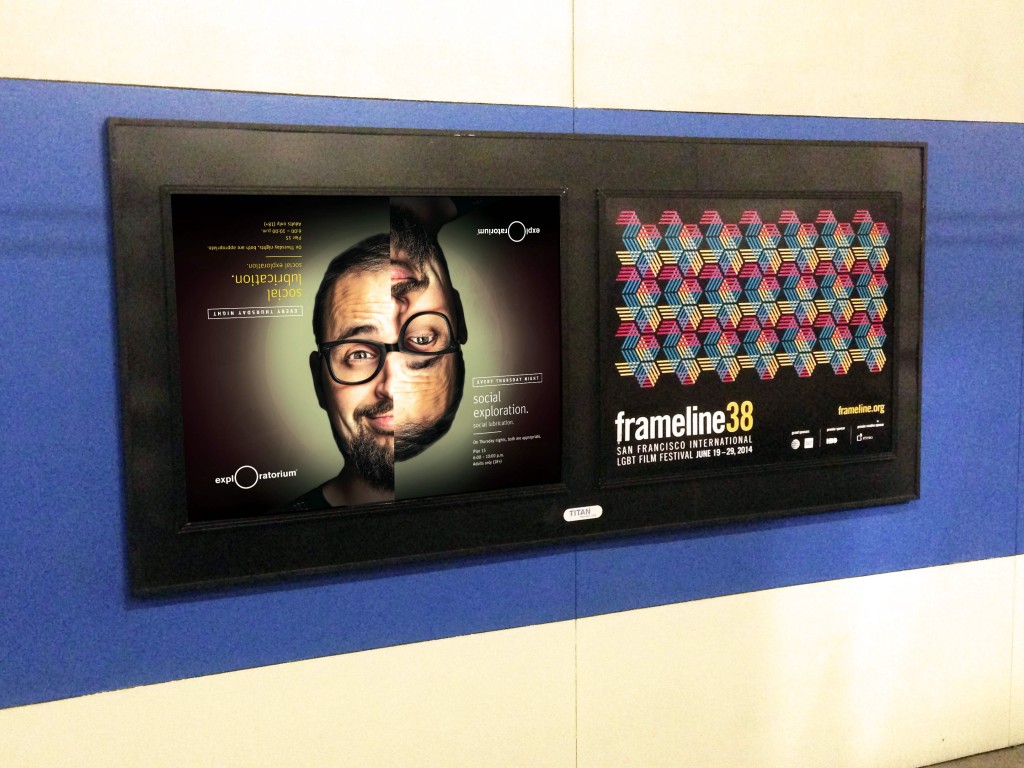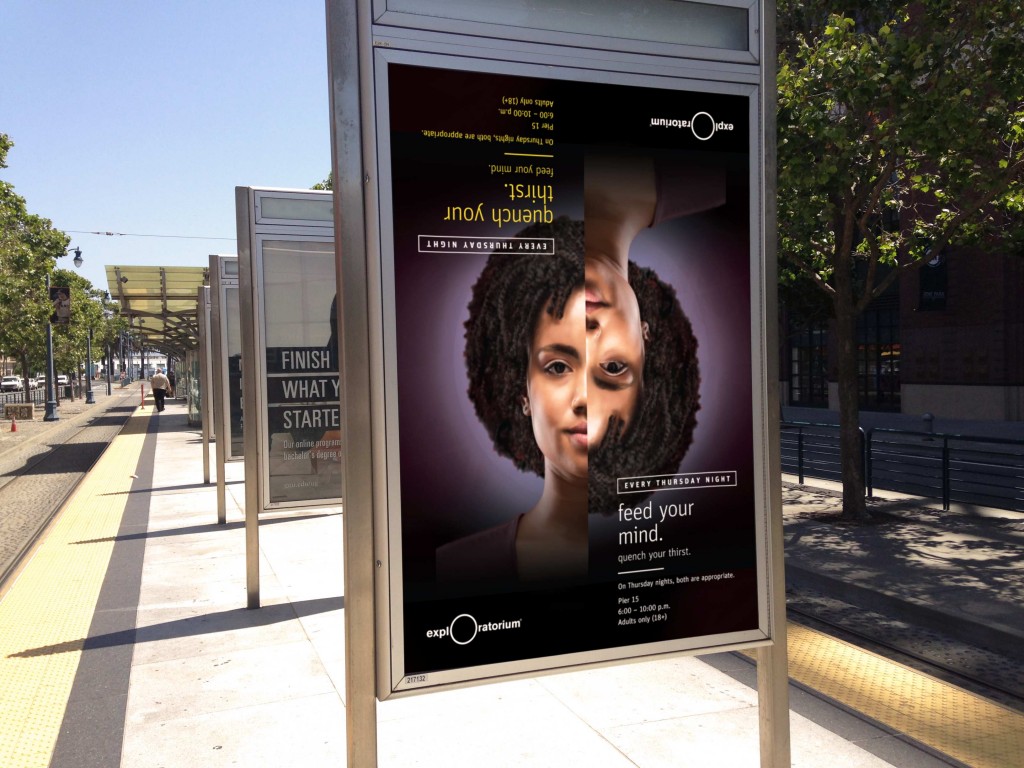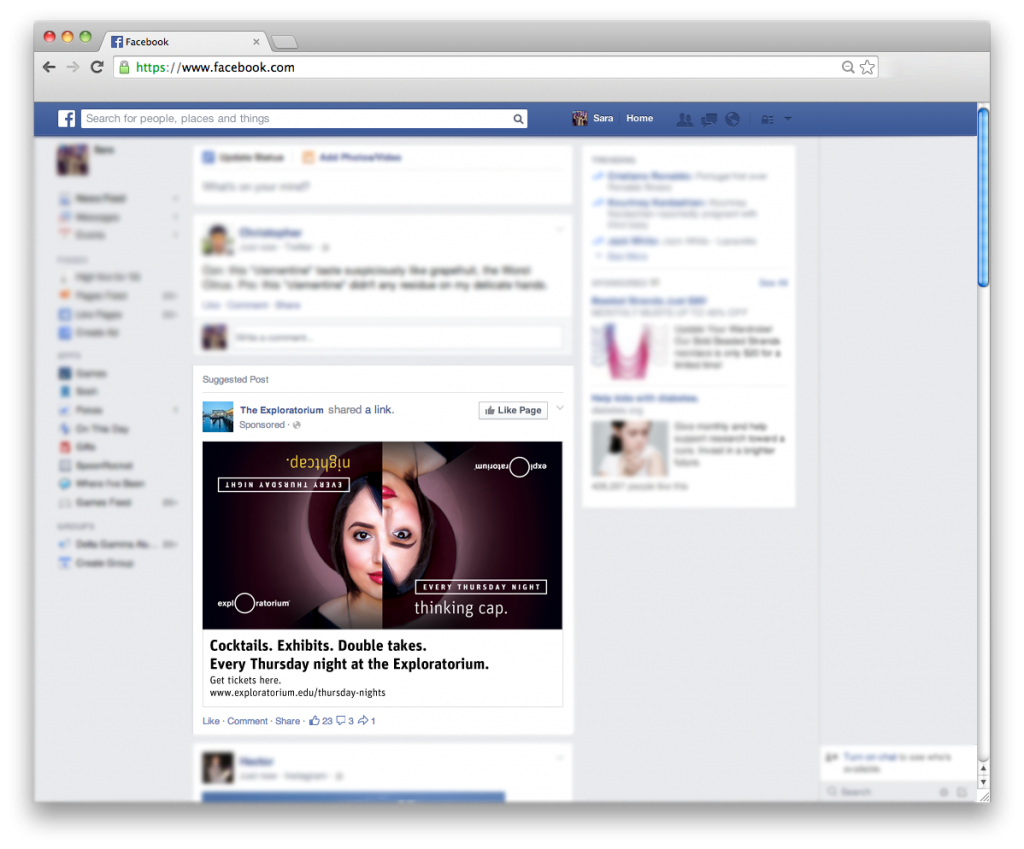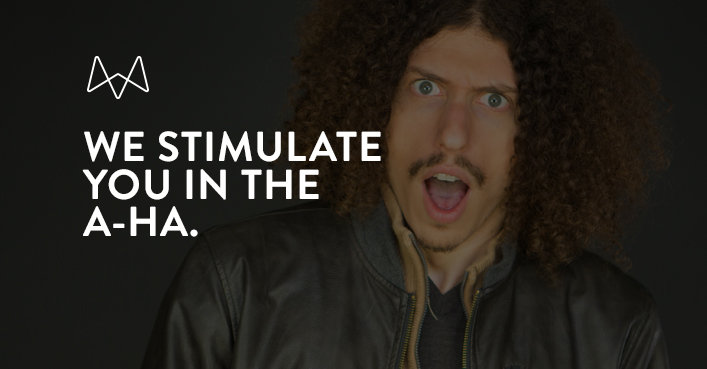
For the last 15 years device marketing has been big business at the Mortar. As an agency on the forefront of technology and healthcare marketing, we took a step back and asked ourselves what we would do if we were the VP Marketing or Chief Marketing Officer. Here’s four things we believe most medical device–hell, healthcare–marketers miss:
A big market attracts Big Tech. So maybe you should get into bed with Amazon.
Healthcare spending is huge. Massive. After weapons, we spend more on our health than any other item. The biggest market is here in the USA. But the rest of the world is following along fast. And why? Because we all want to live longer and eat more cheeseburgers. Call it the pursuit of the fountain of youth or simply just a desire to keep sinning, healthcare is a huge opportunity for entrepreneurs seeking to make their mark on the planet.
For evidence, look no further than Jeff Bezos’ Amazon. Amazon is already well down the medical device path. It has sold supplies and equipment to clinics and hospitals for years, and is now looking to build out that business by bringing its Alexa artificial intelligence (AI) business into the operating room. It is one thing to compete with an Abbott or a Baxter. It is quite another entirely to feel Big Tech giants like Amazon breathing down your neck.
But are most medical marketing chiefs running in fear of intrusion by Amazon? The more contrarian move would be to understand Amazon’s deep-seated desire to be a healthcare leader–and play into that strategy.
Your patients are learning to ask more questions. But are you thinking of them as connected customers?
We are increasingly customers first and patients second. Healthcare marketing is pushing us to ask doctors to do what we want, and many consumers are refusing to settle for what their doctor thinks is best. Large numbers of smart consumers are on the verge of not trusting what their doctor tells them.
Rising expectations in the face of inefficiency and an unwillingness to change are the perfect conditions for innovation to thrive (look no further than Uber and the Taxi industry).
And yet, in their conversations with us, most large medical device makers discount the impact of innovation from new players, secure in their ability to buy and integrate promising technologies into existing product channels. That is a dangerous position to occupy for too long. And it can certainly prove expensive in the long-term as behemoths come to realize the full impact of nimble rivals.
Traditionally, the big buy the small. And Big Medical is no stranger to snapping-up promising innovators. But big device marketers do not need to wait for the M&A guys to encourage their product managers to adopt new innovations like machine learning and AI. Where are the integrations with the genetics players? What about using consumer applications to give healthcare professionals and families access to better care by smoothing communication and networking? Customers want more ways to connect with their doctor, on their own schedule, and when it suits them.
Designers need to think hard about how consumers differ from patients–and build those features into their business models.
In a connected community, dumb devices are well, dumb.
The network is available to more and it can do far more. Partners, providers, internal teams, insurers, patients, prospects: we are all connected and our community is linked together in new and surprising ways. Still, most devices are dumb and were designed for single use and not to talk to one another or to us.
That’s changing fast. Our work for Vital Connect, a mobile, super-accurate, FDA approved biosensor, has now become the backbone of a solution connecting physicians to their patients everywhere and all-the-time. Increasingly our community demands that our devices talk to one another, to our physician and to us.
However, many modern device makers are much more comfortable selling business-to-business style to physicians, and far less adept at marketing (like say Apple or Google) to connected professionals and consumers. Could someone like Vital add a voice assistant, a healthcare database and modern AI to treat common ailments and keep patients out of clinics and hospitals—you know they can.
Hardware companies are becoming software companies. And that means you are in the App business.
Driven by those seeking to exploit the cloud, machine learning, genetics; technology is fast changing healthcare. Which means we need to think very differently about the devices we create and how we tell the market about them.
Another Mortar client, Varian, is known as a global healthcare hardware innovator. Yet the giant of Radiation Oncology markets multiple software solutions that connect Varian machines to the clinical team, to the braintrust (the Tumor Board) and other institutions, so caregivers can share the best treatment plans; in that sense Varian is taking the first steps to becoming a kind of network for cancer care professionals.
Elsewhere in our portfolio, Cisco’s “Network. Intuitive.” (another Mortar project) demonstrated the power of converting millions of dumb devices into a digital fabric of organic, learning machines that can continually adapt to changing conditions. Very soon that same machine lace will carry more of the burden for diagnostics and healthcare delivery. As start-ups like Doctors On Demand demonstrate, that same network has already replaced one million face-to-face consultations with virtual patient assessments conduced on a laptop or tablet.
Every device player is a software company whether they like it or not. And of course every software company should have a place on the iPhone. Med device marketers have long passed the point of needing smart and robust apps. The harder part is what comes with app development: learning to think and act like a software company–which requires reengineering how teams approach innovation. And the now dawning realization that the app may actually be the product. (More on that in later posts).
The belief that healthcare and device innovation lags popular technology like Apple, Google and Facebook by at least 10 years is widely held in Silicon Valley. But as healthcare spending continues to bloom, and successive administrations attempt to reign in public spending, the winners will be those pushing hardest to integrate new tech with their products, actively courting innovation to narrow the gap between today’s technology and tomorrow’s bedside.
